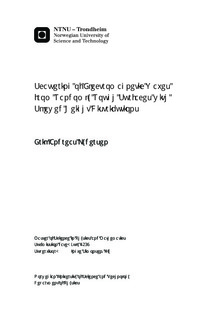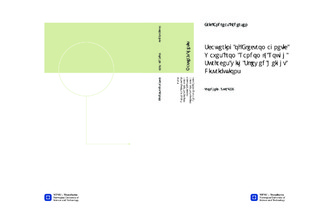| dc.description.abstract | Research on the scattering of electromagnetic waves from rough surfaces has greatly advanced in the past decades through the access to rigorous numerical simulations. However, most of the research has focused on surfaces with a Gaussian height distribution. In this thesis, the effect of the skewness of the surface height distribution on the scattering process is qualitatively examined. This is accomplished through rigorous numerical simulations of an electromagnetic field incident on rough surfaces with different values for the surface height skewness. Both the reflection from opaque materials and transmission from transparent materials are studied. For the reflected field, strongly skewed surface heights were found to induce more scattered intensity in the forward direction, both for positive and negative values of the skewness. For negative values, there was an additional increase in the scattered intensity for large angles in the forward direction. A negative correlation was found between the surface height skewness and the size of the enhanced backscattering peak. For non-normal angles of incidence, the intensity in large angle backward directions was found to have a negative correlation with the surface height skewness. For absorbing materials, the absorption rate did not seem to be affected by the surface height skewness. The coherent component of the scattered field from weakly rough surfaces appeared to be slightly larger both for large positive and large negative values of the surface height skewness. For the transmitted field from transparent materials, the effects of positive and negative values of the surface height skewness were the same, and only the magnitude had an effect. For a normal angle of incidence, larger magnitudes of the surface height skewness induced less diffusion, while for oblique angles of incidence the effect was opposite. The transmittance seemed to be independent of the surface height skewness. Plausible explanations of the effects are given by modelling a surface with strongly skewed surface heights as a relatively flat surface with a few of tall peaks or deep pits. | |

